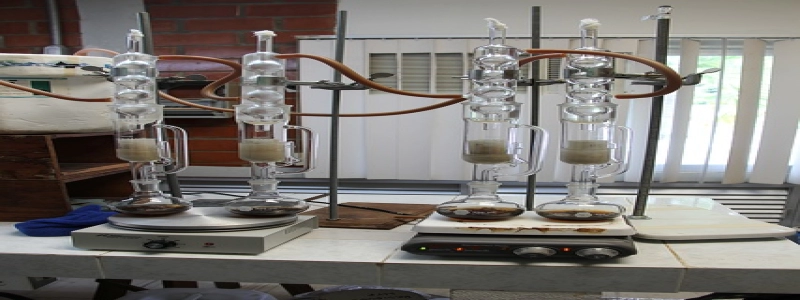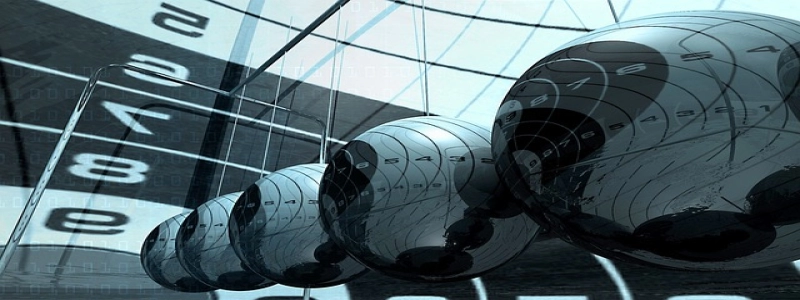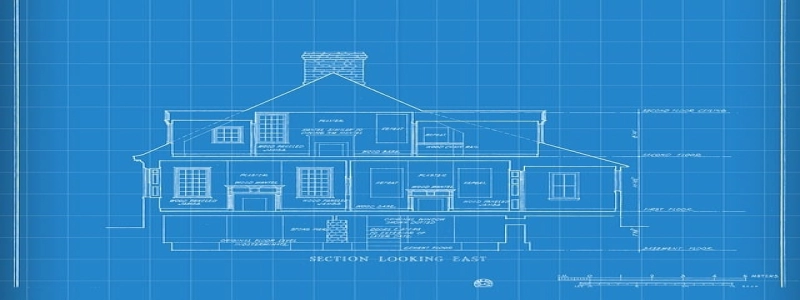10GBASE-T Transceiver
1. Introduction
1.1 Definition of 10GBASE-T Transceiver
1.2 Importance of 10GBASE-T Transceiver in Networking
2. Key Features of 10GBASE-T Transceiver
2.1 Data Transfer Speed
2.2 Compatibility
2.3 Distance Limitations
2.4 Power Consumption
2.5 Cost-effectiveness
3. Benefits of Using 10GBASE-T Transceiver
3.1 Enhanced Network Performance
3.2 Future-proofing
3.3 Simplified Network Infrastructure
3.4 Flexibility in Deployment
4. Applications of 10GBASE-T Transceiver
4.1 Data Centers
4.2 Enterprise Networks
4.3 Cloud Computing
4.4 High-performance Computing
5. Challenges and Considerations for 10GBASE-T Transceiver
5.1 Cable Requirements
5.2 Heat Dissipation
5.3 Interference and Noise
5.4 Compatibility with Existing Network Infrastructure
1. Introduction
1.1 Definition of 10GBASE-T Transceiver
A 10GBASE-T transceiver is a networking device that enables the transmission of data at a speed of 10 gigabits per second over twisted-pair copper cables. It is designed to provide high-speed connectivity in various network applications.
1.2 Importance of 10GBASE-T Transceiver in Networking
As network traffic continues to grow exponentially, the need for faster and more reliable connections is crucial. The 10GBASE-T transceiver plays a vital role in meeting this demand by providing high bandwidth and low latency connections, ensuring smooth data transmission.
2. Key Features of 10GBASE-T Transceiver
2.1 Data Transfer Speed
The 10GBASE-T transceiver supports data transfer rates of 10 gigabits per second, providing significantly faster speeds compared to previous generations of transceivers.
2.2 Compatibility
10GBASE-T transceivers are backward compatible with lower data rates, allowing seamless integration with existing network infrastructure, including 1GBASE-T and 1000BASE-T.
2.3 Distance Limitations
Typically, 10GBASE-T transceivers support distances of up to 100 meters over category 6a or higher twisted-pair copper cables, providing flexibility in network design and deployment.
2.4 Power Consumption
Efficiency in power consumption is a key feature of 10GBASE-T transceivers, making them suitable for use in energy-efficient network environments.
2.5 Cost-effectiveness
Compared to other high-speed connectivity options, such as optical fiber, 10GBASE-T transceivers offer a cost-effective solution for achieving 10 gigabit speeds over existing copper infrastructure.
3. Benefits of Using 10GBASE-T Transceiver
3.1 Enhanced Network Performance
The high-speed and low-latency capabilities of 10GBASE-T transceivers enable network users to experience faster data transfers, reduced waiting times, and improved overall performance.
3.2 Future-proofing
Investing in 10GBASE-T transceivers ensures that the network infrastructure is prepared to handle increasing bandwidth demands in the future, avoiding the need for costly upgrades.
3.3 Simplified Network Infrastructure
By leveraging existing copper infrastructures, 10GBASE-T transceivers eliminate the need for extensive cable rewiring or installing additional fiber optic cables, simplifying network design and saving installation costs.
3.4 Flexibility in Deployment
10GBASE-T transceivers can be deployed in a variety of network environments, including data centers, enterprise networks, cloud computing, and high-performance computing, providing flexible solutions for different applications.
4. Applications of 10GBASE-T Transceiver
4.1 Data Centers
In data center environments, 10GBASE-T transceivers enable high-speed connectivity between servers, switches, and storage systems, supporting the increasing demand for data processing and storage capabilities.
4.2 Enterprise Networks
Enterprises can benefit from 10GBASE-T transceivers by enhancing network performance, facilitating large file transfers, and improving collaboration among employees.
4.3 Cloud Computing
Cloud service providers rely on high-speed connections to deliver efficient cloud computing services to their customers. 10GBASE-T transceivers offer the necessary bandwidth to meet the demanding requirements of cloud-based applications.
4.4 High-performance Computing
In the field of high-performance computing, where massive data processing and analysis are required, 10GBASE-T transceivers provide the speed and reliability needed for computational workloads.
5. Challenges and Considerations for 10GBASE-T Transceiver
5.1 Cable Requirements
To achieve maximum performance, 10GBASE-T transceivers require high-quality, properly installed copper cabling, such as category 6a or higher, which may add to the overall cost of the network infrastructure.
5.2 Heat Dissipation
Due to the higher power consumption of 10GBASE-T transceivers compared to lower-speed alternatives, heat dissipation can become a concern. Proper cooling mechanisms need to be in place to ensure optimal operation.
5.3 Interference and Noise
Copper cables are more susceptible to interference and noise compared to optical fibers. Shielded and properly grounded cables should be used to minimize signal degradation.
5.4 Compatibility with Existing Network Infrastructure
Before deploying 10GBASE-T transceivers, compatibility with existing network equipment, such as switches, routers, and servers, should be carefully considered to ensure seamless interoperability.
In conclusion, 10GBASE-T transceivers provide high-speed connectivity, compatibility with existing infrastructure, and cost-effectiveness. Their benefits include enhanced network performance, future-proofing, simplified network infrastructure, and flexibility in deployment. However, challenges such as cable requirements, heat dissipation, interference, and compatibility should be considered when implementing this technology.








